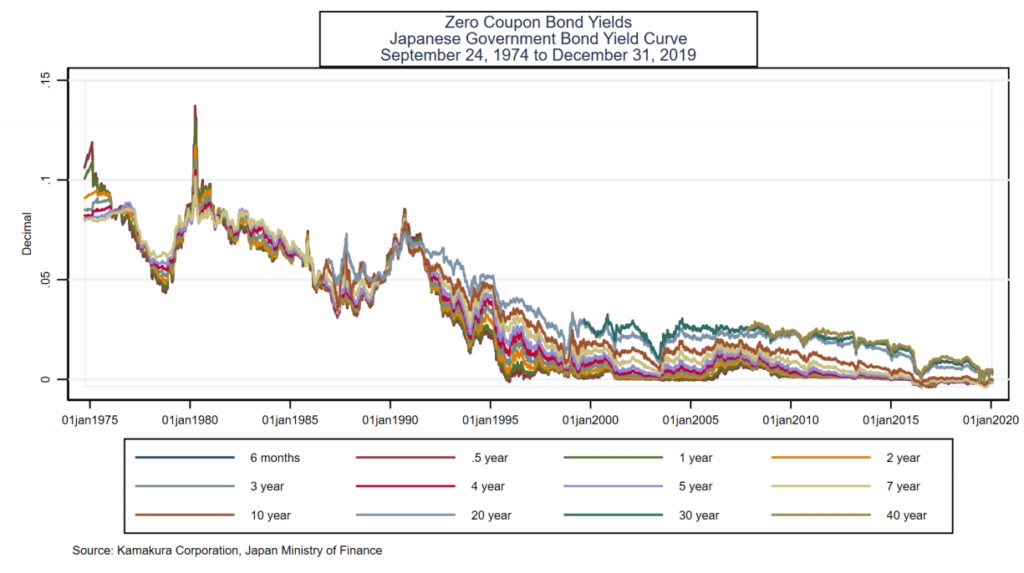Link: https://voxeu.org/article/private-equity-industry-new-interest-rate-environment
Graphic:

Excerpt:
First, the illiquid and long-term nature of the private equity asset class, significant dispersion in returns across funds, as well as bilateral and relationship-driven fundraising, creates scarcity in access to individual funds, giving private equity funds the bargaining power when splitting the returns. As the industry’s growth deaccelerates, the pendulum of bargaining power will start to shift to limited partners, but more permanently than what we saw during the GFC.
Second, we will see larger scrutiny of the cost structure and the industry’s value-add. Put simply, it is an expensive asset class, with the net returns to limited partners lacking consistency in beating public benchmarks (e.g. Harris et al. 2014).3 A central tension is large funds’ management fees, which typically run at 1.5% to 2% of committed capital already in the first five years of the fund life.4 This structure is lucrative for managers but underscores the disconnect between the private equity firm’s income stream and its fund performance, especially for large funds.
Third, such pressures would make new and smaller funds particularly vulnerable. The proliferation of new funds, especially generalists’ funds, in the past decade was partly explained by the strength of capital flow and investment managers’ desire to capture a more significant share of fund economics. These funds have a higher embedded cost structure. Larger funds, therefore, have more room to compress the fees and have a higher ability to experiment in the investment space. All this gives larger-scale firms a better chance to withstand adverse pressures, resulting in market consolidation.
Author(s): Victoria Ivashina
Publication Date: 24 Feb 2022
Publication Site: VoxEU
